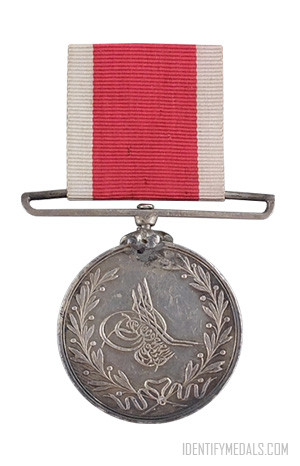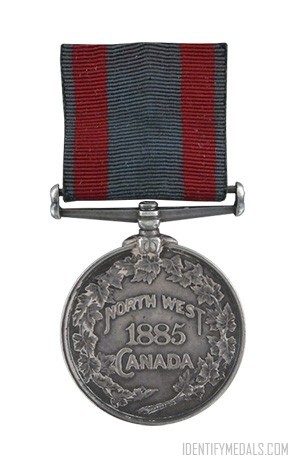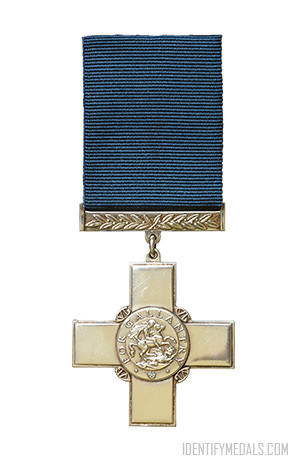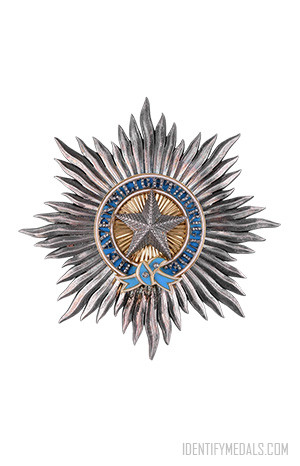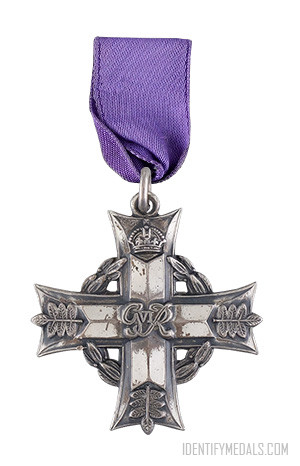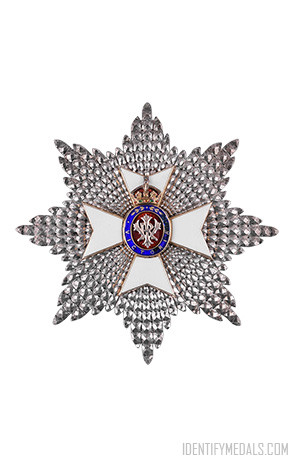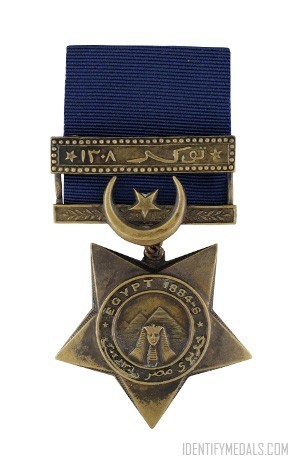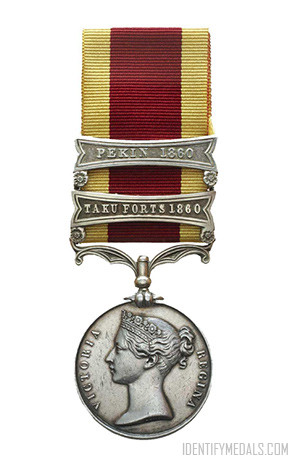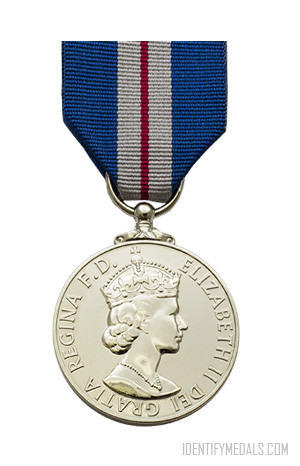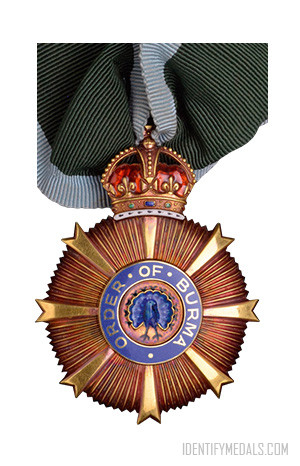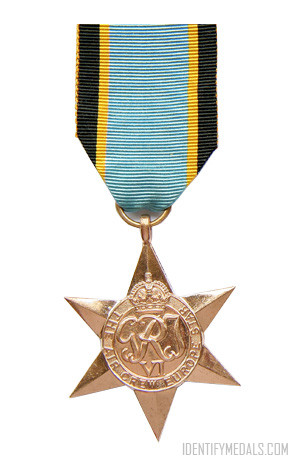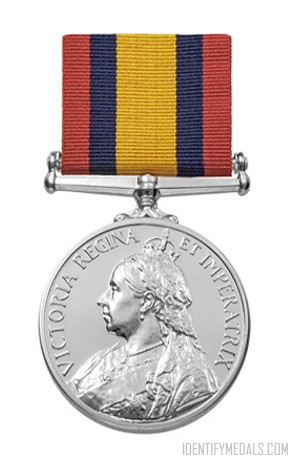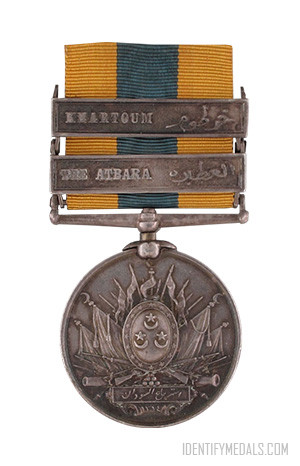- Time Period: Pre-WW1
- Year of Institution: 1836
- Country: Great Britain
The St. Jean d’Acre Medal was established in 1840 and awarded by the Sultan of Turkey to British, Austrian and Turkish forces under Sir Charles Napier who had taken part in the liberation of the city after eight years of Egyptian occupation.
Like earlier Egyptian rulers, Mehemet Ali wanted to extend the boundaries of Egypt and to control Syria, both for its strategic value and for its natural resources. He began an open revolt against Mahmud II in 1831 and ordered the invasion of Syria. His army quickly overran the region, capturing its largest port, Acre, after a six-month siege. Britain, Austria, Russia and Prussia agreed to offer Mehemet Ali the hereditary rule of Egypt and the administration for life of Acre, in exchange for his withdrawal from the rest of Syria, but Mehemet Ali rejected these terms so a mixed European force (without France) began direct action. In return for the assistance given to Turkey, Mahmud II proposed that, amongst other decorations and rewards, the allied forces present in the Syrian operations would receive a Turkish medal, known to the British as The St. Jean d’Acre medal after the ancient name of the port. Given that there was no precedent for the award of an official medal like this to the massed ranks of the Royal Navy and Royal Marines, let alone one to be issued by a foreign power, the announcement caused great excitement and interest.
The medal is generally accompanied by the Naval General Service Medal with clasp “Syria”, awarded for the same operation.
The St. Jean d’Acre Medal Design
The medal is circular, struck in gold (22 gms), silver or copper and measures 30 mm in diameter.
The obverse shows a fortress flying the Ottoman flag, with six five-pointed stars around the top. On the foot, there’s a commemorative inscription and date in Arabic. The reverse bears the Toughra of the Sultan in a laurel wreath.
The ribbon is red with white edges.

